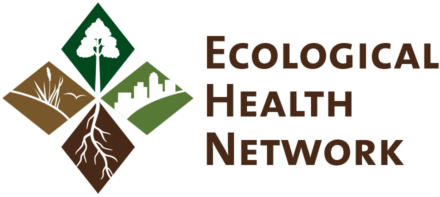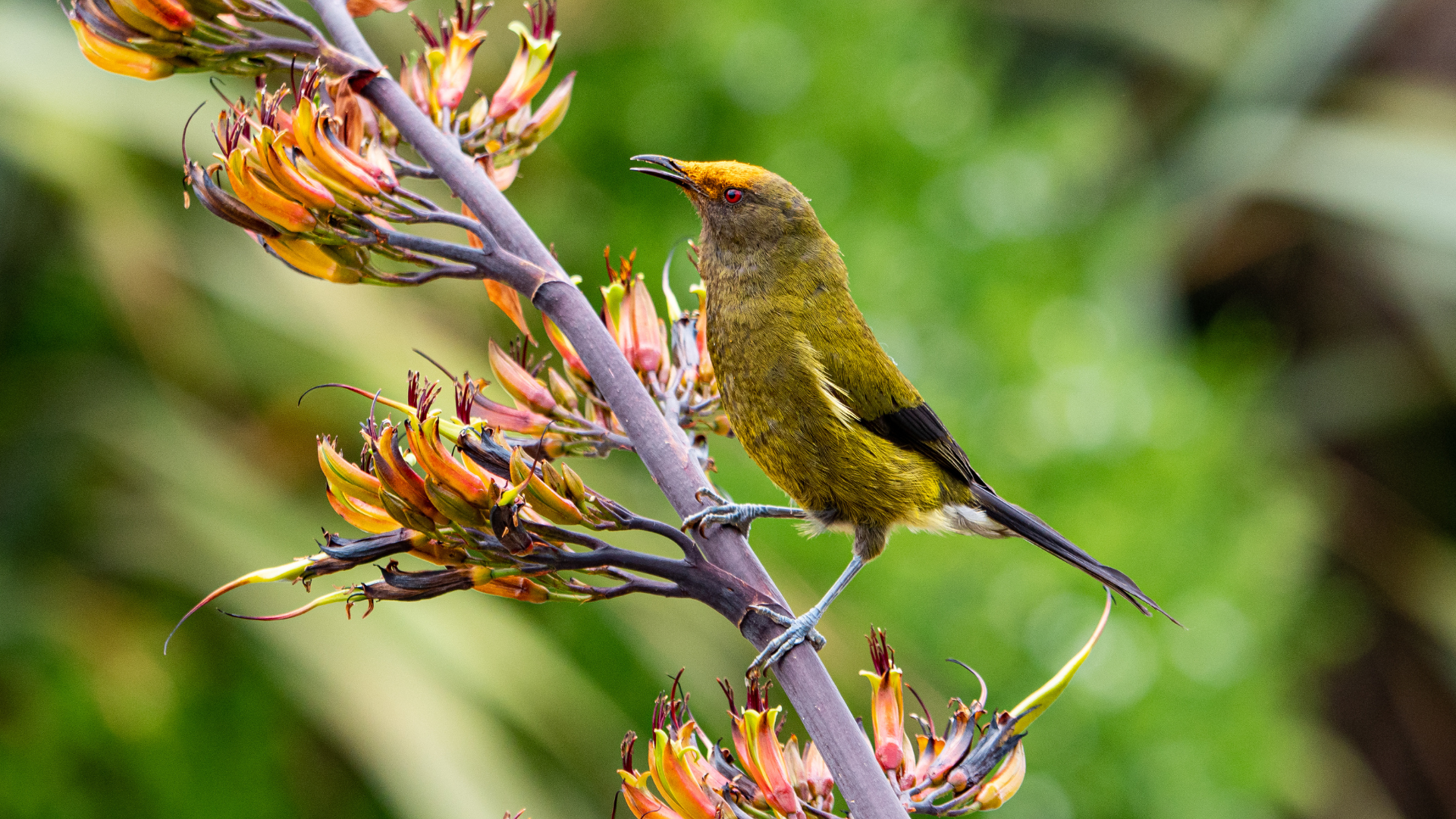People, Cities, Nature: Restoring indigenous nature in urban environments
Location
Ten cities around New Zealand: Auckland, Hamilton, Tauranga, New Plymouth, Napier, Wellington, Nelson, Christchurch, Dunedin, Invercargill
Category
Hub
Ecosystems
Land Tenure
Urban areas – private residential properties and publicly owned (local and state government) open spaces such as reserves
Contact
Website
Overview
Our researchers are gathering data across 10 New Zealand cities to determine what makes urban ecological restoration successful. The research aims to inform guidelines for best practice in residential development, wildlife restoration, soil health, and native plantings.
The urban restoration programme is structured around four key research areas:
- Residential design for biodiversity;
- Retaining and restoring urban wildlife;
- Restoring health-promoting soil biodiversity;
- Whanake rākau, whakatipu mātauranga, poipoia te tangata: Growing trees, enhancing knowledge, nurturing people.
Some of the most visible indicators of ecosystem function are the wildlife. We are working on improving retention and restoration of native wildlife by investigating impacts of urban development on native lizards and understanding habitat functionality for urban native birds. We have begun design and development of a lizard-monitoring programme for Wellington City Council that can inform lizard management in other New Zealand cities. We have also been collecting evidence on the effects of pest-management that is occurring under the Predator-Free Wellington initiative.
A large part of our urban ecosystems is found below the ground in complex ecosystems of plants, animals and microbial life. Exposure to soil biodiversity can promote human and wildlife health by impacting microbiomes. We are working to understand how soil biodiversity is impacted by above-ground restoration to enhance its health-promoting characteristics. We have been building metagenomics data analysis pipelines to assess biodiversity and functions of microbiota found in the soil at restoration sites around New Zealand. We will progress this to characterise airborne microbial communities and produce guidelines to inform restoration that supports biodiverse soil.
Restoring nature in urban centres is not just about bringing back plants and animals – it is also about enhancing the well-being of the people that connect with nature. Restoration activities can create jobs, foster connection between people and their whenua (land) and provide opportunities for learning and social interaction. We are partnering with local iwi and community groups to co-design effective restoration planting approaches that consider maramataka (knowledge of planting and gathering food by the phases of the moon) and principles of mātauranga (traditional knowledge). We have formed a collaboration with Ngāti Tawhirikura to support their ambitious goal to build a nature corridor between Te Papakura o Taranaki (formerly Egmont National Park) and Moana-nui-a-Kiwa (the Tasman Sea) in the Taranaki region. We have also joined with Ngāti Wairere (in Hamilton) to design a series of wānanga aimed at connecting rangatira (leaders) with their whenua and learning about restoration through this cultural lens. Our learnings from these collaborations will be paired with data from 65 years of restoration plantings around New Zealand to guide restoration that reflects both cultural and ecological dimensions of restoration planting in cities.
Our connections with local and regional governments, on-the ground community groups, and iwi (Māori tribes) mean that our research will have lasting impact on nature restoration in urban centres in New Zealand.
Biodiverse neighbourhoods are a source of well-being for residents, and we want to make that more accessible. Previously, we have:
- Developed a residential biodiversity tool to inform and encourage increased biodiversity in residential developments GardenStar, (https://www.peoplecitiesnature.co.nz/garden-star-tool). This tool has been implemented by Auckland Council and Dunedin community groups to improve biodiversity in residential areas.
- Completed a review to understand the motivation behind best-practice in residential developments and what might prevent us from reaching that standard
- Conducted interviews and online surveys with residents and housing development-related professionals to build understanding of motivations, constraints and barriers to the adoption of practices that enhance native biodiversity in residential landscapes
- Set-up a lizard-monitoring programme for Wellington City Council that can inform lizard management in other NZ cities
- Collected evidence on effects of pest-management under the Predator-Free Wellington initiative.
Exposure to soil biodiversity can promote human and wildlife health by impacting microbiomes. We are working to understand how soil biodiversity is impacted by above-ground restoration to enhance its health-promoting characteristics. We have collected samples from soil and aerobiomes in New Zealand cities. Analyses contributing to understanding microbial ecology and recovery of urban ecosystems (https://doi.org/10.1016/j.tree.2023.07.009); and biodiversity-health interdependencies (https://doi.org/10.1038/s42949-023-00086-0), have been published.
Our review of urban biodiversity-related policies, strategies, planning documents, and design guidelines, discovered three major gaps that result in these documents providing inadequate support and guidance to enhance urban biodiversity in a meaningful way and has been published (https://doi.org/10.1016/j.ufug.2024.128276).This foundational research will inform the design of implementation documents and tools that can address the identified gaps.
Key achievements so far:
- The Waiwhakaiho Wildlink project (led by Sera Gibson of Ngāti Tawhirikura, a hapū (subtribe)of Te Atiawa), has produced a report weaving together the relevant aspects of mātauranga and western science to provide an overarching vision to restore an ecological corridor from the mouth of the Waiwhakaiho River to Te Papakura o Taranaki on the Taranaki ring plain.
- Five strategies (reducing proportion of impervious surface, using bioswales for stormwater management, replacing lawn with native grasses/flowering species, increasing the number of large native trees, using green roofs/walls) used in urban developments have been assessed. Many of the barriers identified were financial: upfront costs, ongoing maintenance costs (e.g., large trees), and opportunity costs (e.g., reduced return on investment by retaining vegetation instead of an additional dwelling). A lack of New Zealand precedents (green roofs, bioswales and no-mow native lawn alternatives), lack of protection for biodiversity, and lack of planning policy rules requiring landscape plans that achieve positive outcomes were further barriers.
- Four Ngāti Wairere wānanga were held in Kirikiriroa/Hamilton at locations of significance providing opportunities to share maramataka, scientific knowledge, and restoration tools. For example, one wānanga looked at the mātauranga of soils and highlighted the success of restoration projects when iwi partner with commercial entities for cultural and ecological restoration outcomes. At another, traditional knowledge about tohu taiao (environmental indicators) and practice in identifying them were shared. Two other wānanga focused on bringing back local knowledge of place, through te reo Māori placenames and te taiao indicators.
- Expanded vegetation plot database (to over 100) with 34 plots measured in New Plymouth (22) and Hamilton (14). Of these, 12 plots are from restoration planting led by iwi while 22 plots were measured in reference sites (advanced old growth forest) near the restoration sites. This monitoring will inform the Hamilton City Council Nature in City project, and the Waiwhakaiho Wildlink project supported by the New Plymouth District Council.
- The team has achieved significant international exposure for our research: Bruce Clarkson (invited keynote), presented his decades of research experience on restoring nature in urban environments, State of Australasian Cities 2023 Conference, Wellington https://soac2023.com/. Presentations (7) and workshops at the Society of Ecological Restoration (SER) World Conference, Australia, and Society of Ethnobiology Conference, USA, allowed sharing how our work in Aotearoa contributes to international perspectives of urban restoration and indigenous knowledge. Sera Gibson’s case study presentation at SER was selected as a feature for UN Decade on Ecosystem Restoration https://www.decadeonrestoration.org/world-conference-ecological-restoration-day-3 and Rachel Nepia was a finalist with her video, Rourou: The Shared Baskets, at the SER Film Festival https://ser2023.org/?s=video. Claire Freeman: was awarded the Australasian Cities Research Network (ACRN) Medal 2023 in recognition of sustained and outstanding service contribution to the ACRN community and to urban research scholarship and policy. http://www.acrn-soac.com.au/awards.
- Six reports summarizing results from our urban restoration research for a general audience have been loaded to our website (https://www.peoplecitiesnature.co.nz/publications). Topics are: Urban Planning; Urban Greenspace; Urban Lizards; Cross-sector Partnerships; Māori Values; Summary Booklet.
- Wellington City Council has used information from one of our publications (https://doi.org/10.3390/f13020199) to inform a major update to their Restoration Planting Programme.
- One of our researchers has been working with Hamilton City Council to digitise 40 years of street tree locations. This work highlighted the importance of urban trees for the wellbeing of urban residents and resulted in collaboration with a New Zealand National Science Challenge programme using machine learning to combat biosecurity invasions.
- Developed frequency tables of native rākau (plants) from 1830 survey maps, which has been used to refine eco-sourcing methodology in Taranaki and the development of planting plans that work towards restoring the whakapapa (link to previous generations) of native rākau.
- Through our review of urban biodiversity-related policies, strategies, planning documents, and design guidelines, we discovered three major gaps that result in these documents providing inadequate support and guidance to enhance urban biodiversity in a meaningful way (https://doi.org/10.1016/j.ufug.2024.128276).
The current programme builds on previous research started in 2016, funded by the New Zealand Government MBIE grant UOWX160. In 2024, we are mid-way through the current research programme grant, MBIE UOWX2101.

